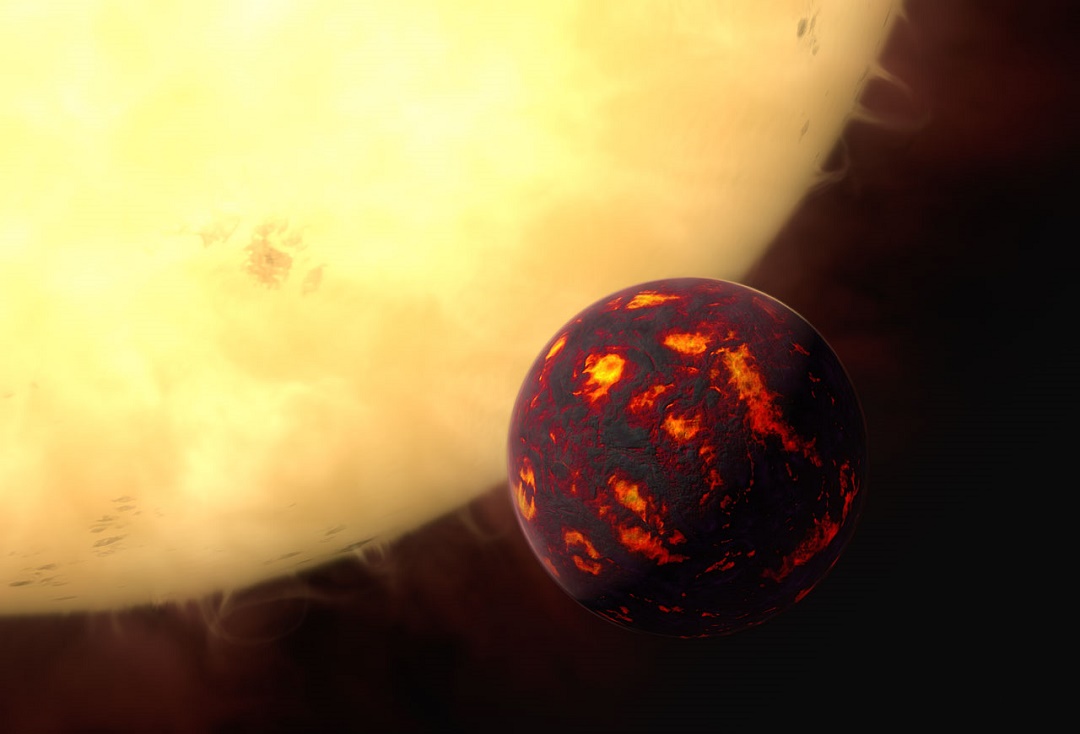
For the first time, astronomers using the Hubble Space Telescope have managed to see an atmosphere on an exoplanet of the type called ‘Super-Earth’.
The atmosphere at this particular Super-Earth, 55 Cancri e, is considered to consist mainly of helium and hydrogen.
But intriguingly, the data also contain hints of the presence of hydrogen cyanide, which is a marker for carbon-rich atmospheres.
So-called super-Earths have been named just so being bigger than Earth but still significantly smaller than other gas giants in our galaxy.
55 Cancri e is found about 40 light years from Earth. The temperature on the surface is about 2,000 degrees Celsius and the planet orbit its parent star in only 18 hours.
This research takes us a step closer to understanding how this kind of planet may have formed.
________________
Detection of an Atmosphere around the Super-Earth 55 Cancri E.
________________________________

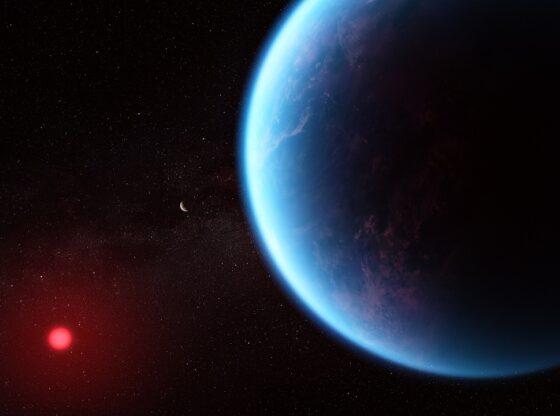
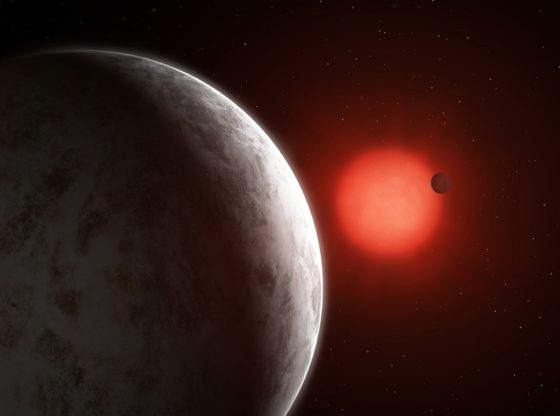
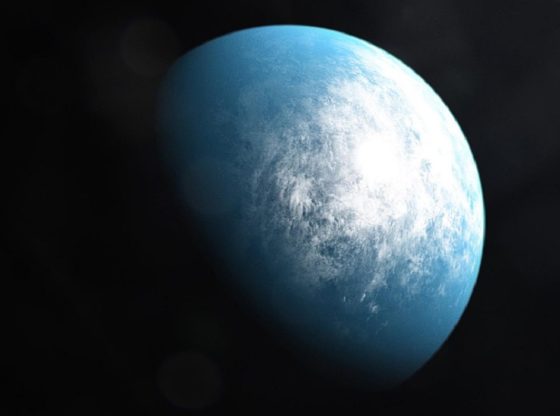
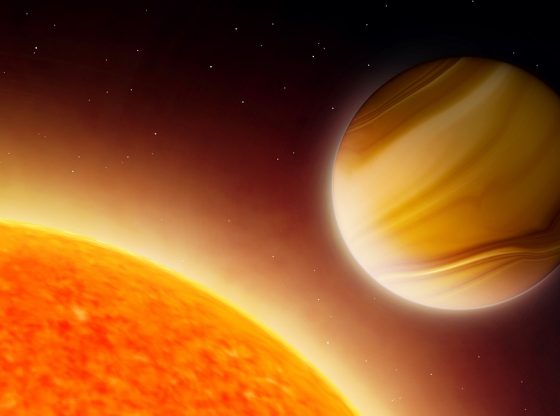
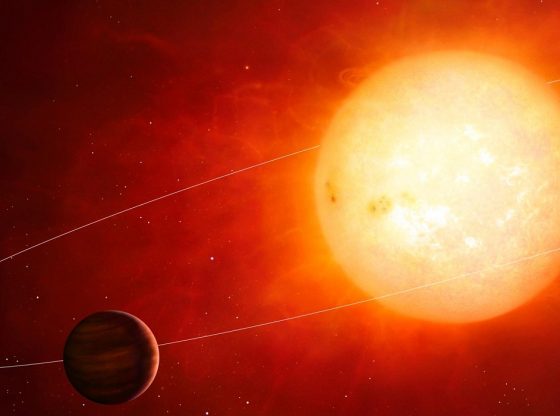
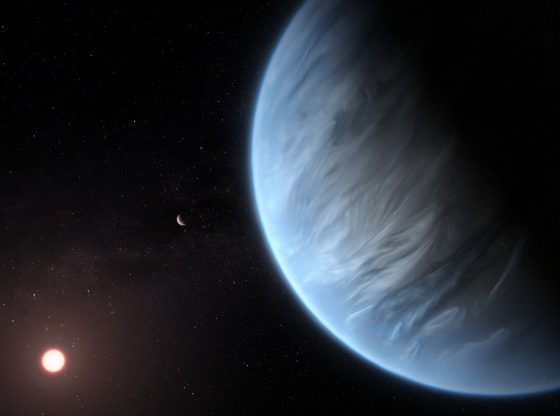
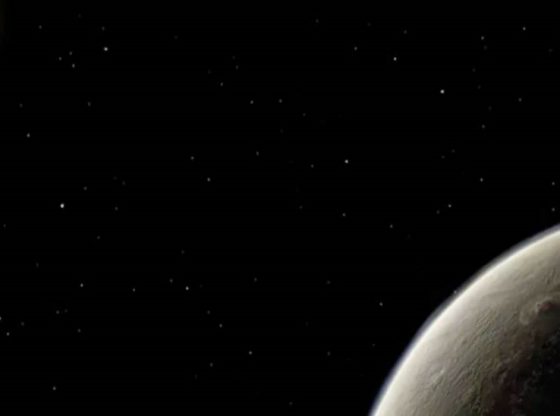
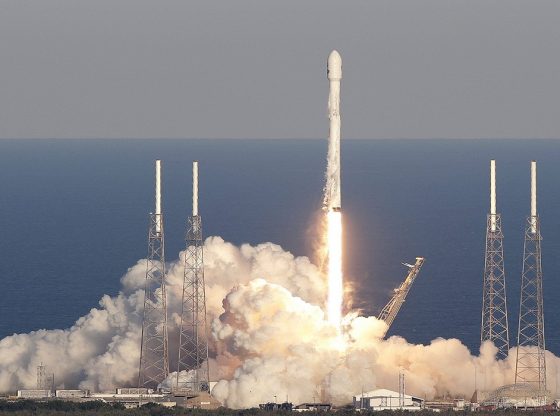
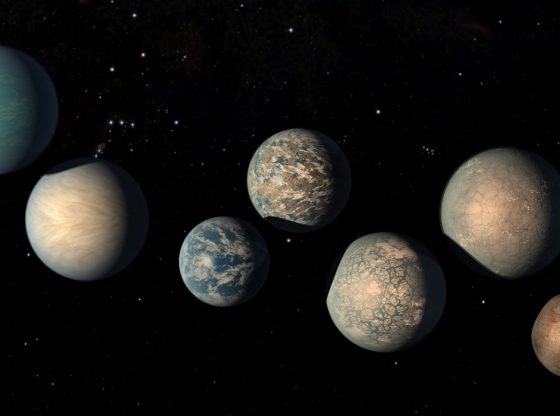
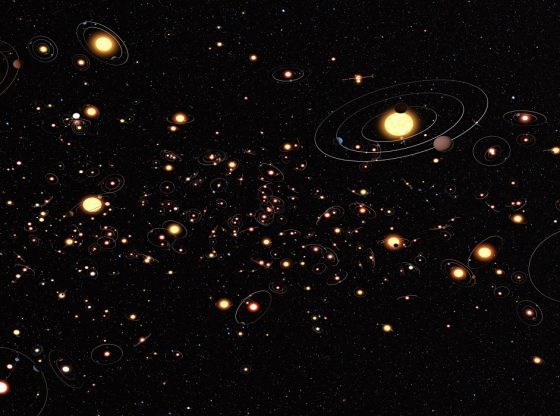
![OpenAI. (2025). ChatGPT [Large language model]. https://chatgpt.com](https://www.illustratedcuriosity.com/files/media/55136/b1b0b614-5b72-486c-901d-ff244549d67a-350x260.webp)
![OpenAI. (2025). ChatGPT [Large language model]. https://chatgpt.com](https://www.illustratedcuriosity.com/files/media/55124/79bc18fa-f616-4951-856f-cc724ad5d497-350x260.webp)
![OpenAI. (2025). ChatGPT [Large language model]. https://chatgpt.com](https://www.illustratedcuriosity.com/files/media/55099/2638a982-b4de-4913-8a1c-1479df352bf3-350x260.webp)








